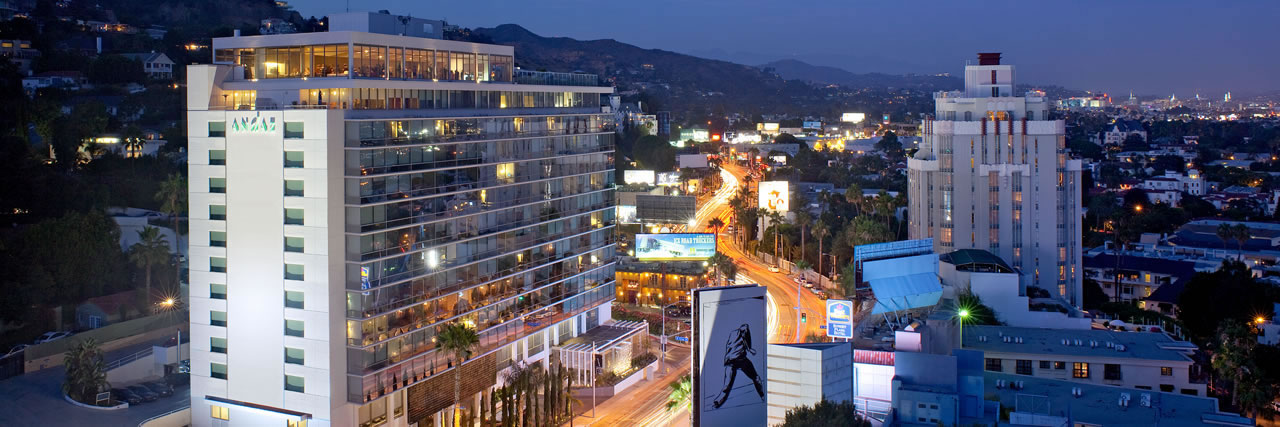18 Aug "Videotape unlocks Doors // Rock band's past glory enters picture"
Chicago Sun-Times
August 18, 1987
by John Swenson
NEW YORK Most pop-music fans know that “Sgt. Pepper’s Lonely Hearts Club Band” was the No. 1 album 20 years ago today. But do you remember what the No. 1 single was?
For three weeks in a row in the summer of 1967, the No. 1 single was “Light My Fire.” It marked the debut of the Doors, a precociously avant-garde rock band from Los Angeles.
Within three years, the Doors became one of America’s most popular and important bands. Lead singer Jim Morrison went from being a poet fronting a rock band to an international sex symbol, the celebrated “Lizard King,” before his death in 1971.
Doors shows were known for their adventurous theatricality. No two performances were alike, and you could never be sure what Morrison would do next. He had a capacity for driving audiences to a frenzied state, and sometimes this potent brew would erupt into violence between police and fans.
The bizarre sight of a circle of police surrounding Morrison onstage as he writhed around, acting out the surreal visions depicted in his songs, was repeated in city after city across the country.
In December, 1967, he was arrested for obscenity after a concert in New Haven, Conn. In March, 1969, he was arrested again in Miami for lewd behavior during a show.
Controversial in life, Morrison became a mythic hero in death.
Elektra Records has issued a remastered greatest-hits package to celebrate the band’s 20th anniversary, while MCA Video has put out a tape called “Doors Live at the Hollywood Bowl,” capturing a landmark 1968 performance that has never been released before due to technical problems.
Doors keyboardist Ray Manzarek and drummer John Densmore still are eager to talk about the band.
“It’s strange watching that video,” Densmore said. “You become 20 years younger.”
Manzarek said, “Up until that time, we had never played anything of that magnitude in L. A. We started out in clubs. We were a bar band on the Sunset Strip, playing the London Fog. We worked our way up to the Whiskey au Go Go. But the Hollywood Bowl? That’s the great venue on the West Coast.
“We were filming at the time. We had friends from the UCLA film school who were going around with us, shooting, but when we came to the Hollywood Bowl they decided to do it right. So we got four cameras. Two cameras were in synch, two were wild cameras. And they brought in a remote truck, synched the cameras up to the tape and filmed the concert.”
The recording sat in the can until recently. “Everything was in perfect shape,” Manzarek said. “The film had never been touched. Nothing had been used, because we had glitches in the vocal mike. We couldn’t solve that with the old technology.
“You can see right at the beginning Jim pulls the mike out and the cord came loose, so as he was singing the first six or seven minutes of `When the Music’s Over’ the mike cable was loose and you could hear crackles in there.”
The band’s success became a terrible burden for Morrison. “Jim was the victim of that,” Manzarek said. “All of a sudden, he went from being a poet to a sex symbol, and he was the center of attention.
“We were all really an equal thing, and there was protection for Jim in that, and then all of a sudden the public comes down on him.
“It’s like Steppenwolf. All women are yours. Here’s all the drink in the world you want. How about lots and lots of drugs? We’ll give them to you. We want you to go crazy for us all of the time. Ultimately, I think that’s what destroyed him.”
Manzarek and Densmore said Morrison’s death ended a spectacular episode in their own lives, but their message lives on.
“The Doors will never be over,” Manzarek said. “Not in our lifetime, anyway.”

